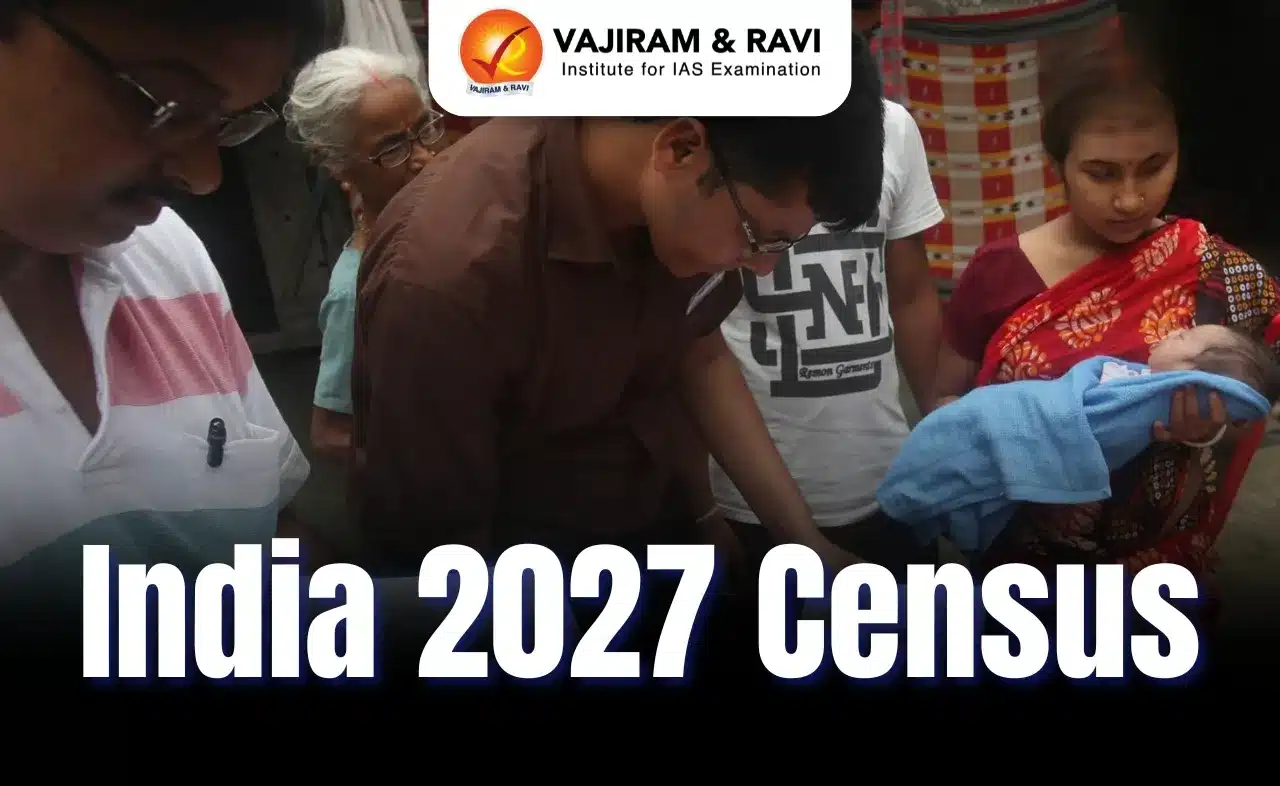What’s in today’s article?
- Why in News?
- Rural Wages vs Economic Growth
- Factors Behind Stagnant Rural Wages
- Steps Taken to Address the Issue of Low Rural Wages
- Conclusion
Why in News?
- The Indian economy has shown impressive growth in recent years, yet rural wages remain stagnant, especially in real terms.
- Hence, there is the need to explore the dichotomy between macroeconomic growth and the subdued rise in rural wages, examining contributing factors and potential mitigation through government schemes.
Rural Wages vs Economic Growth:
- Economic growth overview:
- India’s GDP grew at an average rate of 4.6% from 2019-20 to 2023-24, reaching 7.8% over the last three fiscal years (April-March).
- Agricultural sector growth rates were also robust, averaging 4.2% and 3.6% for the same periods.
- Wage growth data:
- The Labour Bureau compiles daily wage rate data for 25 agricultural and non-agricultural occupations, collected every month from 600 sample villages spread over 20 states.
- From 2019 to 2024, rural wages grew by 5.2% annually in nominal terms; however, adjusted for inflation, the real growth was -0.4%.
- Even in the current fiscal year, wage growth remains low, highlighting a disconnect between GDP growth and real wage gains.
Factors Behind Stagnant Rural Wages:
- Rising female labour force participation (LFPR):
- The female LFPR has risen sharply, from 24.5% in 2018-19 to 41.7% in 2023-24, with rural female LFPR jumping to 47.6%.
- According to the Economic Survey 2023-24, programs like Ujjwala, Har Ghar Jal, and Swachh Bharat have freed up time for rural women, enabling their entry into the workforce.
- Higher workforce participation, especially among rural women, has led to a larger labour pool, exerting downward pressure on wages due to a supply-demand imbalance.
- Shift in labour demand:
- Although more women are entering the labour force, most are finding employment in agriculture, not higher-paying industrial jobs.
- Economic growth in India has leaned towards capital-intensive industries that require less labour, further limiting wage growth in rural areas.
- With more workers in agriculture, where productivity per worker is already low, additional labour supply only depresses wages further.
Steps Taken to Address the Issue of Low Rural Wages:
- Income transfer schemes:
- State initiatives: Various state governments have introduced income support schemes targeting women, amounting to around Rs 2 lakh crore annually.
- Impact of transfers: Programs like Maharashtra’s Ladki Bahin Yojana provide significant financial support to women, supplementing their low wages and offering a buffer in challenging times.
- Central government schemes:
- The Centre’s income transfer schemes, including
- Rs 6,000-per-year aid to farmer households (PM-KISAN) and
- the free-grain scheme (PM Garib Kalyan Anna Yojana [PMGKAY]),
- The Centre’s income transfer schemes, including
- Also help mitigate low rural income levels.
Conclusion:
- Despite substantial economic growth, rural wage growth remains subdued, with real wages barely improving.
- While government interventions provide some relief, addressing the root causes of stagnant rural wages – such as limited labour demand in higher-paying industries and the oversupply of rural labour – is essential for achieving inclusive economic prosperity.
Q.1. What is the labour force participation rate (LFPR)?
The LFPR is the percentage of a country’s working-age population that is either employed or actively looking for work. It’s calculated by dividing the total number of people in the labour force by the total working-age population, and then multiplying by 100.
Q.2. What is Ladki Bahin Yojana of the Maharashtra government?
The “Ladki Bahin Yojana” is a scheme to provide financial assistance of ₹1,500 per month to women aged between 21 and 65 years, aiming to improve their economic independence, health, nutrition, and decision-making power within their families.
News: Explained: The paradox of stagnant rural wages
Last updated on June, 2025
→ UPSC Notification 2025 was released on 22nd January 2025.
→ UPSC Prelims Result 2025 is out now for the CSE held on 25 May 2025.
→ UPSC Prelims Question Paper 2025 and Unofficial Prelims Answer Key 2025 are available now.
→ UPSC Calendar 2026 is released on 15th May, 2025.
→ The UPSC Vacancy 2025 were released 1129, out of which 979 were for UPSC CSE and remaining 150 are for UPSC IFoS.
→ UPSC Mains 2025 will be conducted on 22nd August 2025.
→ UPSC Prelims 2026 will be conducted on 24th May, 2026 & UPSC Mains 2026 will be conducted on 21st August 2026.
→ The UPSC Selection Process is of 3 stages-Prelims, Mains and Interview.
→ UPSC Result 2024 is released with latest UPSC Marksheet 2024. Check Now!
→ UPSC Toppers List 2024 is released now. Shakti Dubey is UPSC AIR 1 2024 Topper.
→ Also check Best IAS Coaching in Delhi
























